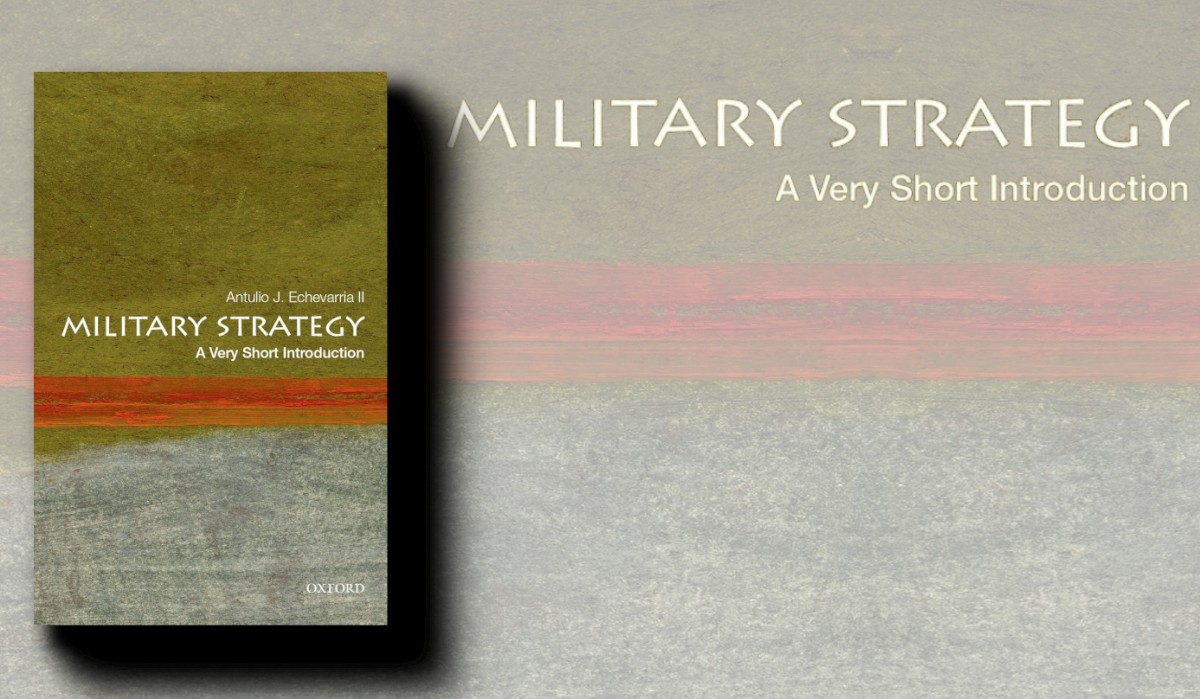In August 2018 the Australian Chief of Army, Lieutenant General Rick Burr, issued his futures statement titled Accelerated Warfare. The statement sought to stimulate thinking, engagement and debate about how the Australian Army prepares for future conflict. The Chief of Army’s statement focuses on how the Army should prepare for war. While Humanitarian Assistance and Disaster Relief (HADR) is not warfare, HADR responses contribute to Army’s strategic task of shaping Australia’s strategic environment. When taken into the context that Asia is one of the hardest hit regions for natural disasters, the Australian Army’s capacity to respond to regional disasters will play a key role in how the Australian Defence Force (ADF) shapes and influences the region.
As expressed in the Defence White Paper and the Foreign Policy White Paper, there are a number of countries in Australia’s region that will be severely affected by climate change. It has been highlighted that the coming decade will likely see an increased need for international disaster relief. Recent weather events have demonstrated in a brutal way the effects natural disasters have on the region. In 2017 alone, millions of people across Asia were impacted by natural disasters. Flooding caused widespread human displacement and impacted 54 million people. A number of regions also suffered through droughts that resulted in widespread water and food shortages. Statistics from 2017 show that 88 percent of all global natural disasters occurred as a result of climatic conditions (see figure 1). When combined with the knowledge that climate change is increasing the frequency and scale of extreme weather events, the data emphasises the importance of improving the Australian Army’s capability and preparedness to contribute to HADR responses.
Climate change in Australia’s region has potential for devastating effects—such as rising sea levels—causing widespread displacement, drought, flooding, increased frequency and potency of storms and an increased spread of disease. The second order effect of disaster events, if not dealt with appropriately, can undermine the legitimacy of governments and cause a rise in anti-government sentiment. A scarcity of resources driven by environmental destruction has potential to lead to intra- and inter-state conflict. These factors combined make the ability to adequately conduct HADR operations an imperative to improve the security in Australia’s region. Effective HADR operations will support Government of Australia (GoAS) objectives of shaping the environment by building ties between militaries, supporting functioning governments and by winning favour with populations.
The best battle is the one you don't have to fight. Most of the deployment of U.S. military resources is preventive: The U.S. stations troops throughout the world in the hope of shaping the political environment so as to avoid sending them into combat. The U.S. conducts training exercises with almost every nation it can, in part to decrease the likelihood of conducting actual warfare.
In these terms, deploying military resources for disaster relief is a remarkably effective—and inexpensive—investment in the future. One of the largest such deployments in history, the deployment of the aircraft carrier USS Abraham Lincoln and other assets following the Asian tsunami of 2004, is estimated to have cost $857 million. That's roughly the price of three days of operations in Afghanistan last year [2012].[1] (USA Today, Jonah Blank)
It could be argued that the challenge of HADR operations was not listed in the CA’s Futures Statement because the Australian Army should be focussed on bigger threats, such as how we prepare for war. The importance of preparing for future warfare is not in question. However, HADR operations need to be a part of the considerations for how the Australian Army prepares for the future. Strategic direction, combined with recent history and projected climate effects, necessitates that the ADF and the Australian Army continue be prepared for a future where HADR operations are common. While the requirement for Australia to assist its neighbours exists on a humanitarian and ethical basis, the strategic effects these operations achieve will also be important in shaping a regional environment that has a reduced risk of warfare.
[1] Seiji Yamada, ‘Hearts and Minds: Typhoon Yolanda/Haiyan and the Use of Humanitarian Assistance/Disaster Relief to Further Strategic Ends’, Social Medicine, vol. 11, no 2, 2017, p. 78.





